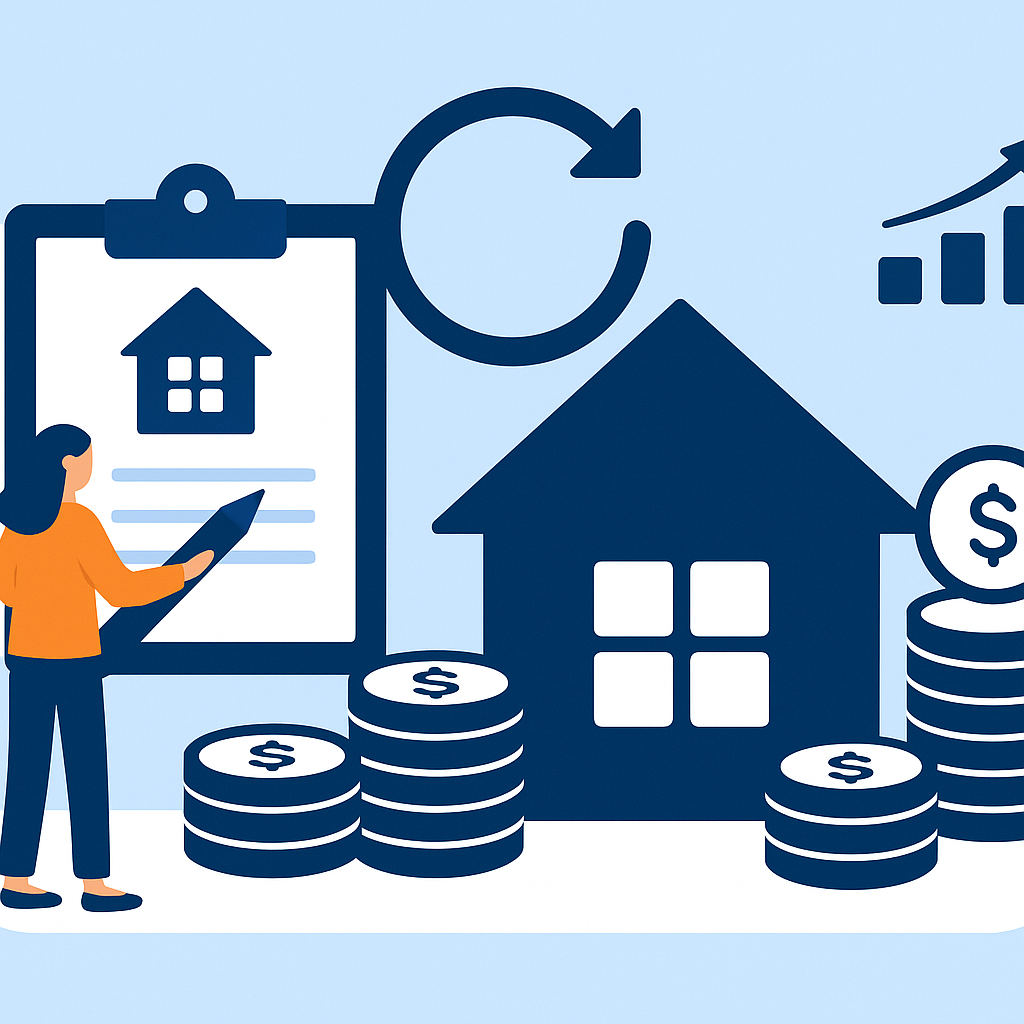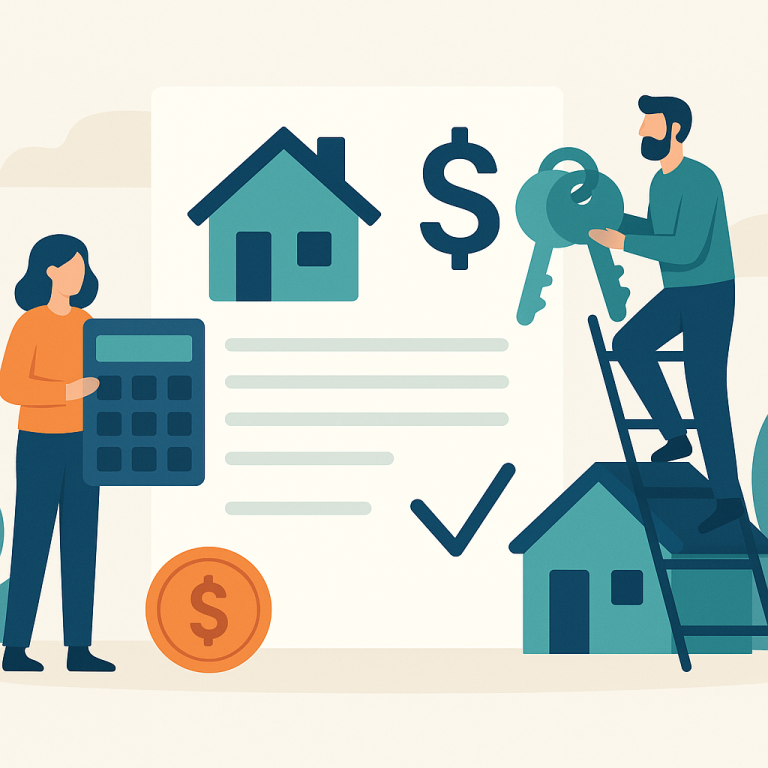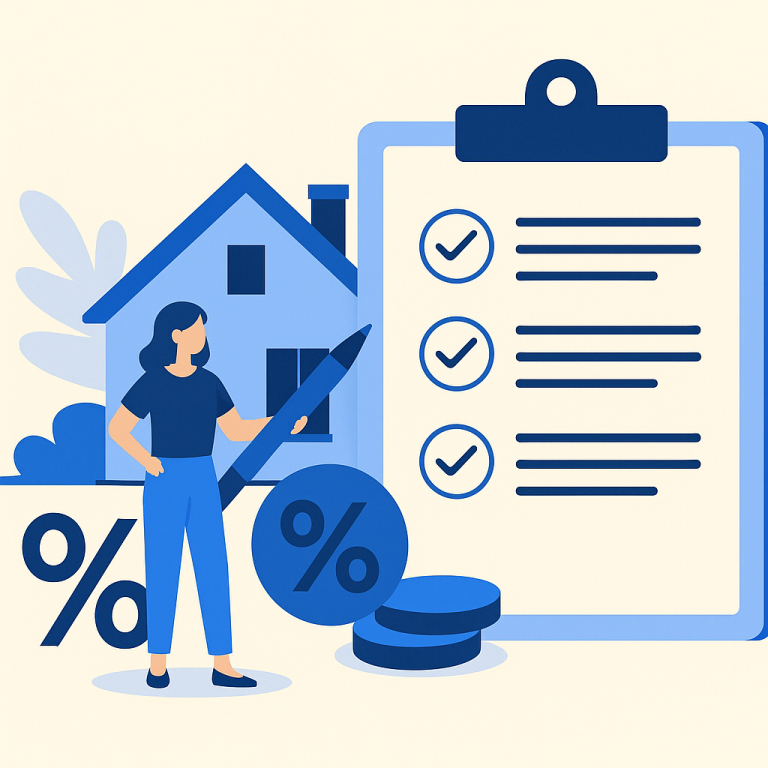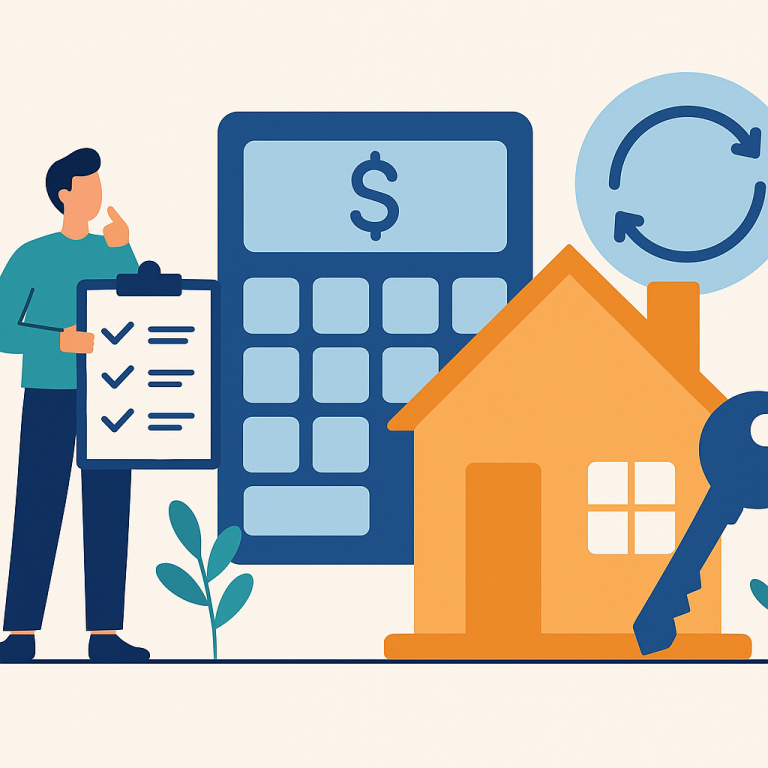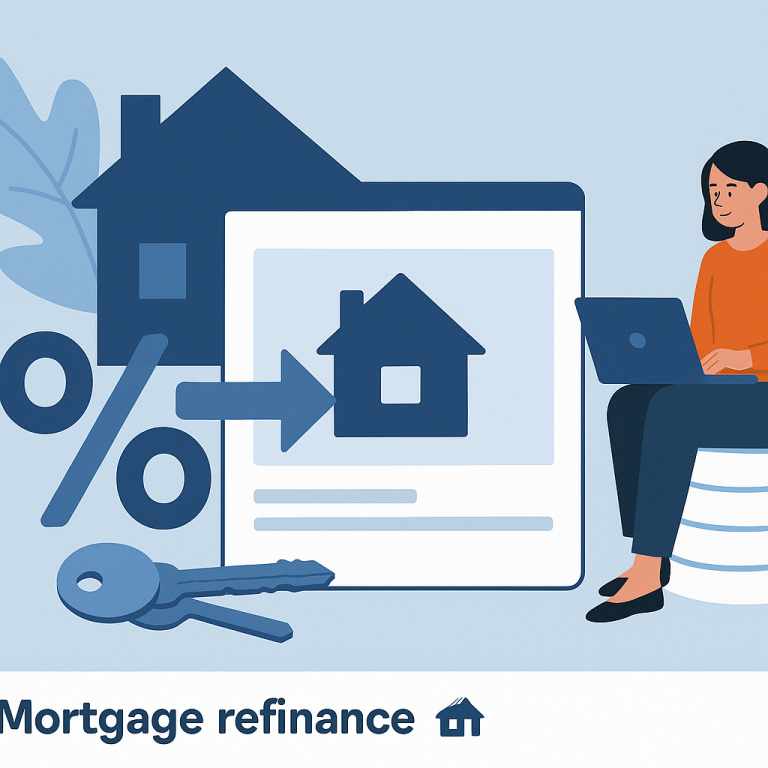Average Mortgage Refinance Rate Drops 0.25% Week-Over-Week To 6.25%
Refinancing Window Narrows as Mortgage Rates Stabilize; Homeowners Should Reassess Break‑Even and Term
Mortgage refinancing activity has cooled after a period of rapid borrowing and rate volatility. With long‑term rates stabilizing away from the lows that drove a refinancing surge, lenders are seeing fewer applications and homeowners are weighing the true value of refinancing beyond headline rate differences.
The current environment favors a more selective approach. When rates are no longer clearly lower than a borrower’s existing mortgage, the math that once made refinancing an obvious choice grows more complex. Closing costs, remaining loan term, and personal plans for the home all matter more when the incremental monthly savings are modest.
Key dynamics influencing the market include borrower incentives to reduce monthly payments or shorten loan terms, limited lender margin for aggressive pricing, and a higher sensitivity to upfront costs. These factors have pushed many homeowners to pause and run focused analyses instead of refinancing reactively.
What Homeowners Should Reassess
Homeowners considering refinancing should prioritize three calculations: whether the monthly savings justify the closing costs (the break‑even period), how the new loan term affects interest paid over the life of the loan, and how long they expect to remain in the property. Larger strategic goals — such as converting equity to cash, consolidating higher‑rate debt, or moving from an adjustable‑rate to a fixed‑rate loan — should be weighed against these metrics.
- Break‑even analysis: Divide total refinancing costs by estimated monthly savings to determine how long it will take to recoup fees. If you expect to move or refinance again before that point, the refinance may not make financial sense.
- Term and amortization: Shortening the term can cut lifetime interest but increase monthly payments. Extending the term or taking cash out can lower monthly payments but may raise total interest paid.
- Loan type alignment: Switching from an adjustable rate to a fixed rate reduces future interest‑rate risk, while a cash‑out refinance can supply liquidity but should be evaluated alongside spending plans and debt priorities.
Practical Steps Before You Commit
Mortgage decisions are durable and often costly to reverse. Practical pre‑application steps can reduce surprises and improve outcomes.
- Gather accurate payoff information and request detailed quotes from multiple lenders to compare effective costs, not just interest rates.
- Confirm credit score and debt‑to‑income ratio early; both materially affect pricing and eligibility.
- Ask lenders for a written breakdown of closing costs and any prepayment penalties on your existing loan.
- Run a sensitivity check: model scenarios for staying in the home different lengths of time and for modest rate changes to see how outcomes shift.
- Consider timing and rate locks judiciously. A short stabilization in rates reduces urgency, but sudden market moves can still occur.
Homeowner Takeaways
- Refinancing is no longer an automatic benefit for everyone; smaller rate differentials require careful cost‑benefit analysis.
- Use break‑even and term impact analyses to match refinancing choices to your housing and financial plans.
- Shop quotes and compare effective costs across lenders rather than focusing solely on the headline rate.
- Prioritize clear objectives (lower payment, shorter term, cash liquidity, or rate stability) to guide the type of refinance you pursue.
For borrowers who run the numbers and find a clear advantage, refinancing can still be a useful tool. For others, modest rate moves may be best met with incremental strategies like accelerated payments or targeted debt repayment until a more favorable refinancing window opens.
META: angle=refinance-window-narrows;audience=homeowners;focus=break-even-term-analysis

